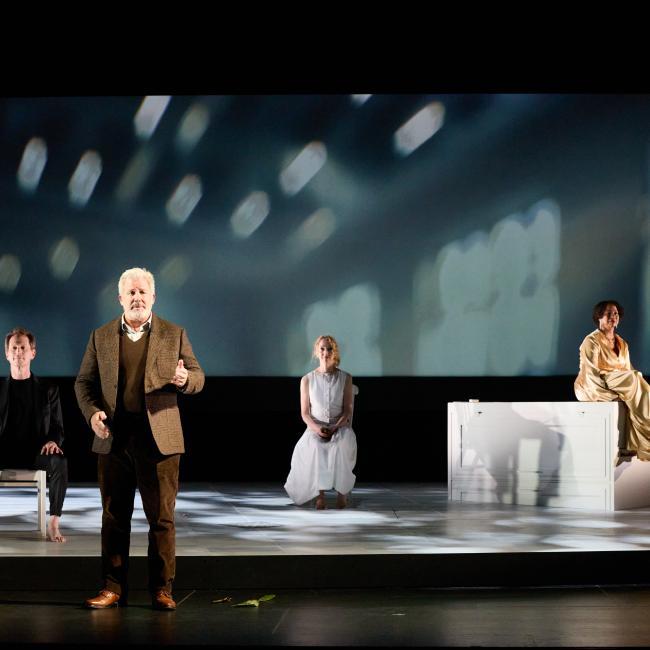Prevalence, Timing, and Network Localization of Emergent Visual Creativity in Frontotemporal Dementia
JAMA Neurol. 2023 Apr 1;80(4):377-387. doi: 10.1001/jamaneurol.2023.0001.
ABSTRACT
IMPORTANCE: The neurological substrates of visual artistic creativity (VAC) are unknown. VAC is demonstrated here to occur early in frontotemporal dementia (FTD), and multimodal neuroimaging is used to generate a novel mechanistic hypothesis involving dorsomedial occipital cortex enhancement. These findings may illuminate a novel mechanism underlying human visual creativity.
OBJECTIVE: To determine the anatomical and physiological underpinnings of VAC in FTD.
DESIGN, SETTING, AND PARTICIPANTS: This case-control study analyzed records of 689 patients who met research criteria for an FTD spectrum disorder between 2002 and 2019. Individuals with FTD and emergence of visual artistic creativity (VAC-FTD) were matched to 2 control groups based on demographic and clinical parameters: (1) not visually artistic FTD (NVA-FTD) and (2) healthy controls (HC). Analysis took place between September 2019 to December 2021.
MAIN OUTCOMES AND MEASURES: Clinical, neuropsychological, genetic, and neuroimaging data were analyzed to characterize VAC-FTD and compare VAC-FTD with control groups.
RESULTS: Of 689 patients with FTD, 17 (2.5%) met VAC-FTD inclusion criteria (mean [SD] age, 65 [9.7] years; 10 [58.8%] female). NVA-FTD (n = 51; mean [SD] age, 64.8 [7] years; 25 [49.0%] female) and HC (n = 51; mean [SD] age, 64.5 [7.2] years; 25 [49%] female) groups were well matched to VAC-FTD demographically. Emergence of VAC occurred around the time of onset of symptoms and was disproportionately seen in patients with temporal lobe predominant degeneration (8 of 17 [47.1%]). Atrophy network mapping identified a dorsomedial occipital region whose activity inversely correlated, in healthy brains, with activity in regions found within the patient-specific atrophy patterns in VAC-FTD (17 of 17) and NVA-FTD (45 of 51 [88.2%]). Structural covariance analysis revealed that the volume of this dorsal occipital region was strongly correlated in VAC-FTD, but not in NVA-FTD or HC, with a volume in the primary motor cortex corresponding to the right-hand representation.
CONCLUSIONS AND RELEVANCE: This study generated a novel hypothesis about the mechanisms underlying the emergence of VAC in FTD. These findings suggest that early lesion-induced activation of dorsal visual association areas may predispose some patients to the emergence of VAC under certain environmental or genetic conditions. This work sets the stage for further exploration of enhanced capacities arising early in the course of neurodegeneration.
PMID:36848111 | PMC:PMC9972248 | DOI:10.1001/jamaneurol.2023.0001





